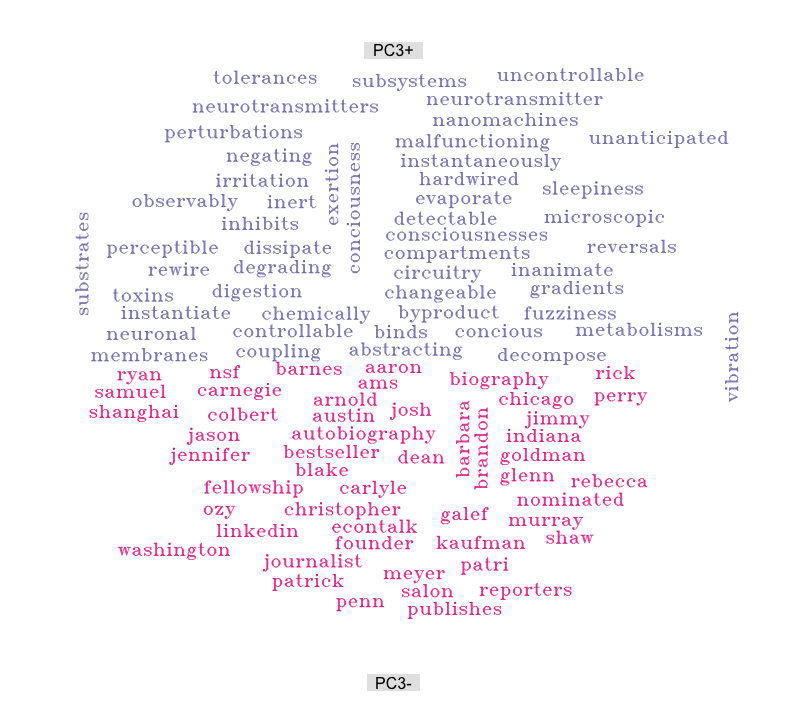In December 2015, Robert Cordwell and I cofounded Signal Data Science (website), which we announced on Less Wrong.
Our first cohort has just concluded, and overall went very well. We're planning another one in Berkeley from May 2nd – June 24th. The program is a good fit for people who are both excited to learn how to extract insights from data sets and looking to prepare for industry data science jobs. If you're interested attending the next cohort, we would love to hear from you. You can apply here, or contact us at signaldatascience@gmail.com.
We offer inquiry-based learning and an unusually intellectually curious peer group. Unlike typical college classes, Signal Data Science focuses on learning by doing. You’ll learn from a combination of lectures, short knowledge-reinforcement problems, and longer, more open-ended assignments focusing on analyzing real datasets. (That’s your chance to discover something new!) Don’t worry if that sounds daunting: our instructors will be there to support you every step of the way.
You’ll learn both the theory and the application of a wide array of data science techniques. We offer a pair programming-focused curriculum, allowing students to learn from each other’s strengths. We cover everything from basic linear regression to advanced, industry-relevant methods like support vector machines and dimensionality reduction. You’ll do an advanced, self-directed project at the end of the course. Curious? Check out our showcase of past students’ final projects. Whatever your interests are—from doing something with real-world, industry-relevant applicability to applying cutting-edge neural nets—we’ll work with you to find a project to match your interests and help you showcase it to prospective employers.
Less Wrong readers might be especially interested by Olivia Schaefer's project, which describes results of doing some natural language processing on the Less Wrong comment corpus, explaining how the words pictured in different colors below are at opposite ends of an axis.

Avoid this program.
Jonah and Robert have good intentions, and I was actually happy with the weekly interview sessions taught by Robert. However, I had a poor experience with this program overall. I'll list some observations from my experience as a member of the first cohort below.
First, this program is effectively self-directed; most of the time, neither the TA nor the instructor were available. When they were, asking them questions was incredibly difficult due to their lack of familiarity with the material they were supposed to be teaching. To be sure, both the instructor and the TA were intelligent people--the problem was just that they knew lots of math, but not very much data science.
Second, there were lots of communication issues between the instructors and the students. I really do not want to give specific examples, since I don't want to say something that would reflect so poorly on the LessWrong community. However, I assure you that this was an incredibly large issue.
Lastly, everything about this program was disorganized. Several of us paid for housing through the program, which ended up not being available as soon as we'd been told that it would be. The furniture in the office space we used was set up by participants because Signal was too disorganized to have it set up before we were supposed to start using it. The fact that only two out of twelve students pair programmed together on an average day was also due to a lack of organization of the part of the instructors.
Jonah and Robert clearly worked very hard to make this program what it was, but attending was still a bad experience for me. If you already have a background in software engineering and want to pay $8,000 to teach yourself data science alongside other students who are doing the same, this program is a good fit for you. Otherwise, consider attending a longer, more established program, like Zipfian Academy that actually uses pair programming and has instructors available to answer questions.
Just commenting as I have a new review up that disagrees with this comment.